 PO
Box 9021, Wilmington, DE 19809, USA
PO
Box 9021, Wilmington, DE 19809, USAE-mail: font@focusonnature.com
Phone: Toll-free in USA 1-888-721-3555
or 302/529-1876
 PO
Box 9021, Wilmington, DE 19809, USA
PO
Box 9021, Wilmington, DE 19809, USA
E-mail: font@focusonnature.com
Phone: Toll-free in USA 1-888-721-3555
or 302/529-1876
PHOTOS
of
nATURE
and
CULTURE
in
MEXICO
including birds, MAMMALS,
BUTTERFLIES, and
reptiles
during the
Focus On Nature Tour
in March 2009
on the Yucatan Peninsula
and the offshore island of Cozumel
All of the photographs that follow were taken during that tour
by tour participant, Marie Z. Gardner of Delaware, USA - ©
- all rights
reserved.
Links:
Birds & Other Wildlife during our Mexico Tour in March 2009
Upcoming FONT Birding & Nature Tours in Mexico
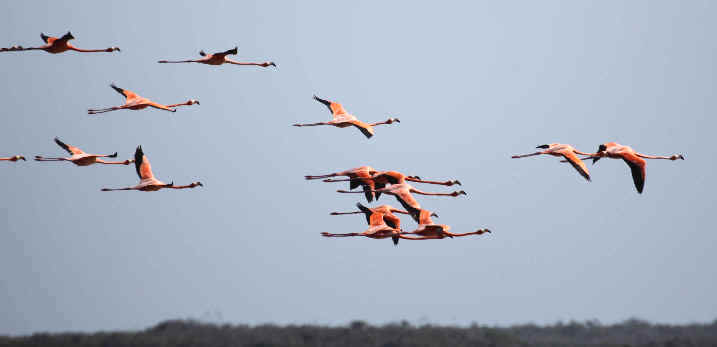
American Flamingos in flight,
along the north coast of the Yucatan near Rio Lagartos
More, among
the thousands that were there.
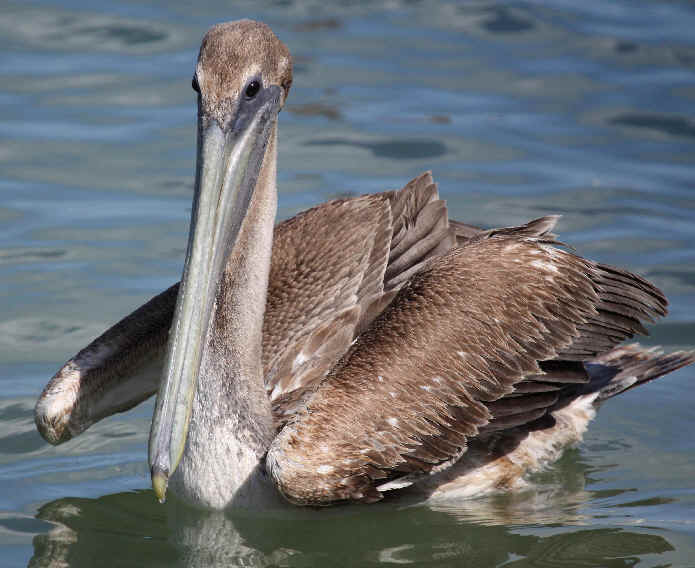
Not as slim
& graceful as the flamingo
is another waterbird of the north Yucatan coast,
the Brown Pelican.
But as ungainly as it can be, it's fun to watch.
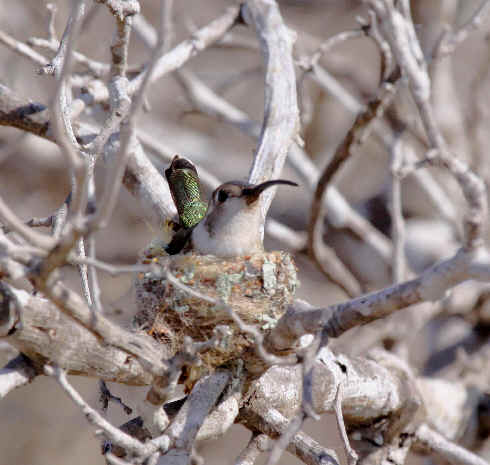
In its narrow range along the
north Yucatan coast
is a rare hummingbird called the Mexican Sheartail.
Here is a female that we saw during the tour
on its small nest.
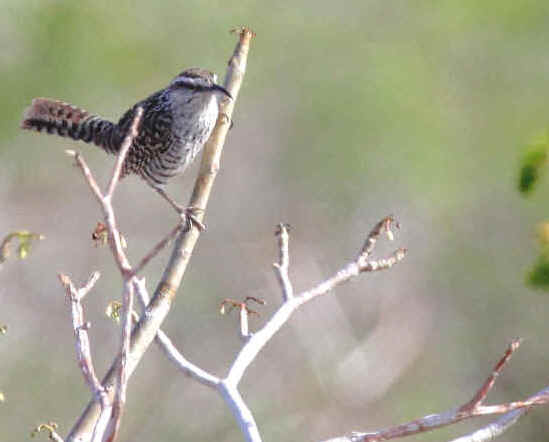
Also in scrubby habitat along the north Yucatan coast
is the Yucatan Wren.
This was the last bird species in the Yucatan
to be described to science, in 1934.
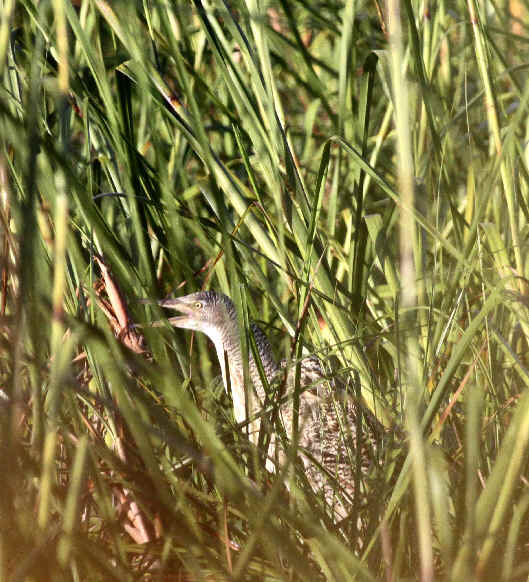
In its reedy habitat by a pond further south in the Yucatan
was the Pinnated Bittern that we saw.
The bird adeptly hid in that habitat.
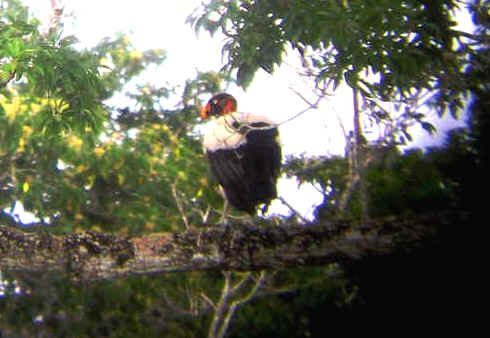
In the southern Yucatan, out in
a field a cow died.
By it, there were dozens of Black Vultures,
and one, only one, mostly-white adult King Vulture.
When we stopped, and got out of our vehicles,
it flew into a big tree not far away.
Here is a photo of the bird as we viewed it in a scope.
Of the 246 species of birds during our March '09 Mexico Tour,
the King Vulture was voted "number #1" at the end of the trip.
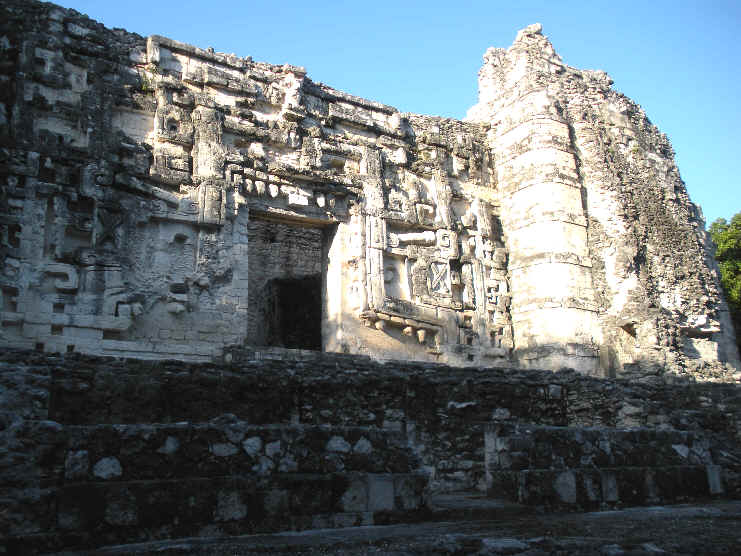
In a remote part of southern Mexico, not far from Guatemala,
were these beautiful Mayan Ruins not often visited.
By people that is.
The structures are visited apparently every day by Bat Falcons.
The bird below was photographed during our tour
behind this temple.
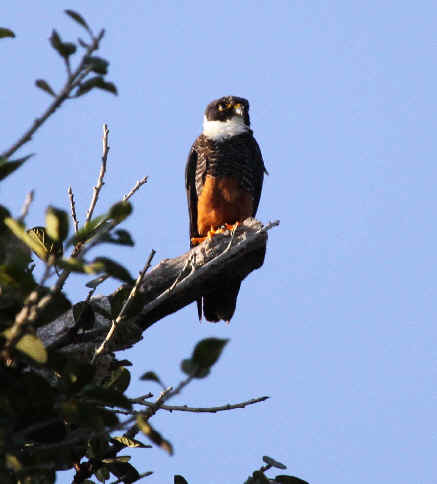
Bat Falcon
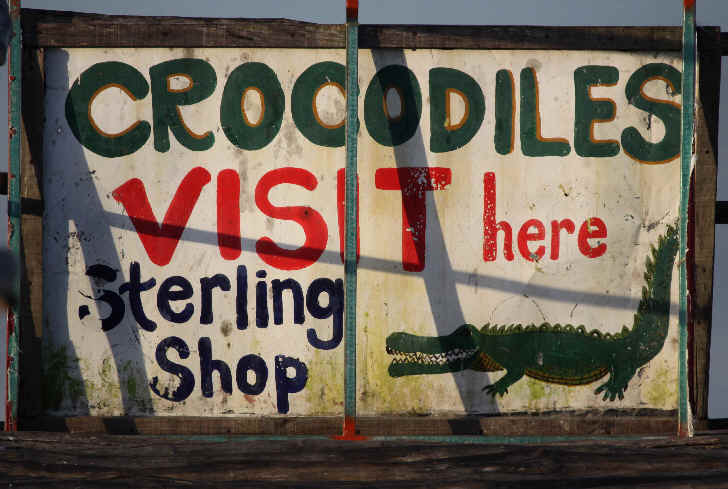
During the tour, we saw two different kinds of crocodiles,
the American Crocodile and the Morelet's Crocodile.
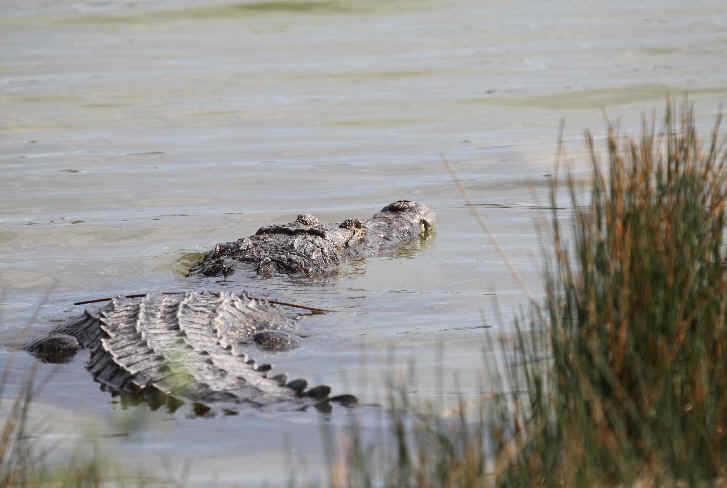
Here, a Morelet's Crocodile seen during our tour.
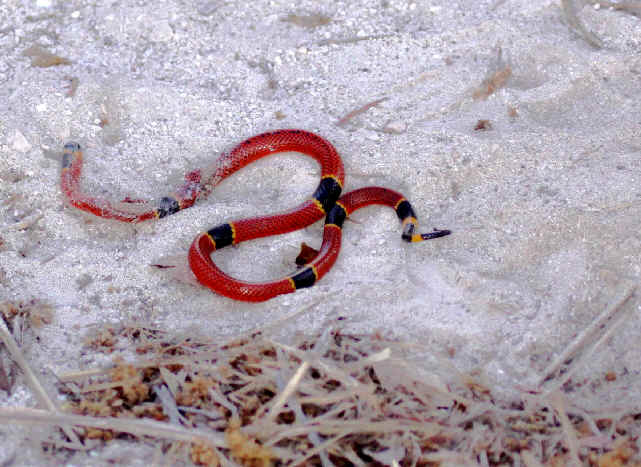
A reptile that we saw was the Variable Coral Snake.
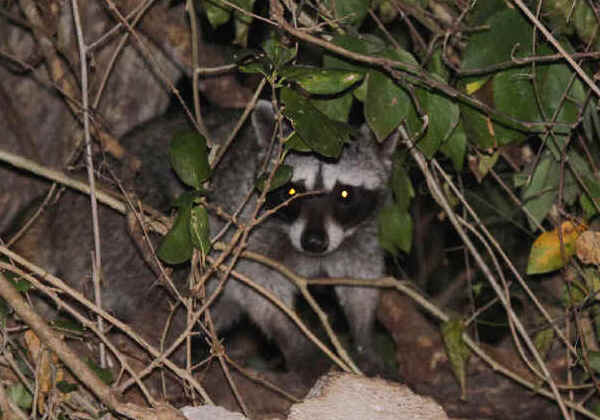
Among the mammals we saw was one that's restricted to only an island.
It's the Cozumel (or Pygmy) Raccoon,
endemic to that island named Cozumel.
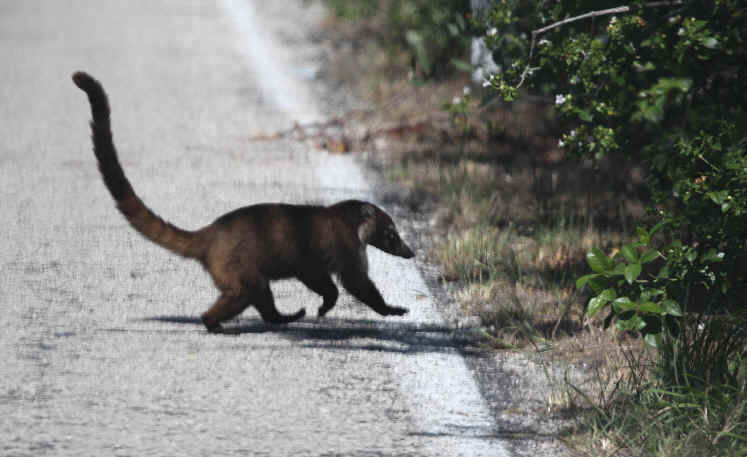
Elsewhere, we saw the raccoon's cousin,
the White-nosed Coati.
This was one of a group that crossed a road
ahead of us.
The "best" animal we saw on a road ahead of us,
during the tour, was a Jaguar,
after dark in southern Mexico,
southwest of the Yucatan Peninsula,
in the state of Campeche.
Unfortunately, we didn't get a photo of it.
That Jaguar was seen at night along the same road where
during our November 2008 tour, we saw one at dusk.
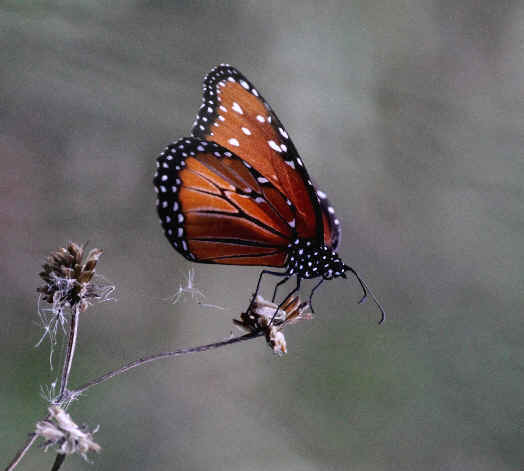
This Queen Butterfly was photographed
during our March 2009 tour in the Yucatan.
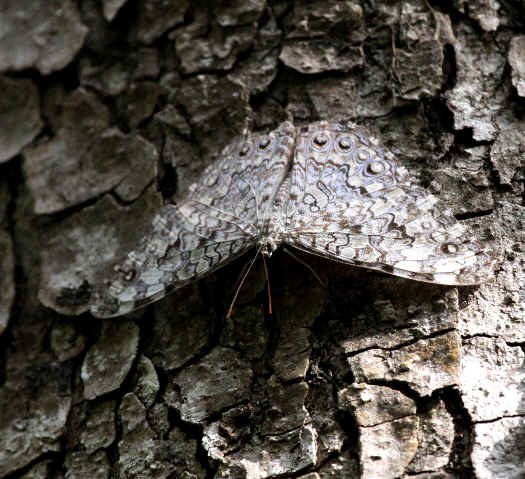
As was this butterfly, the Gray Cracker,
on the bark of a tree trunk.
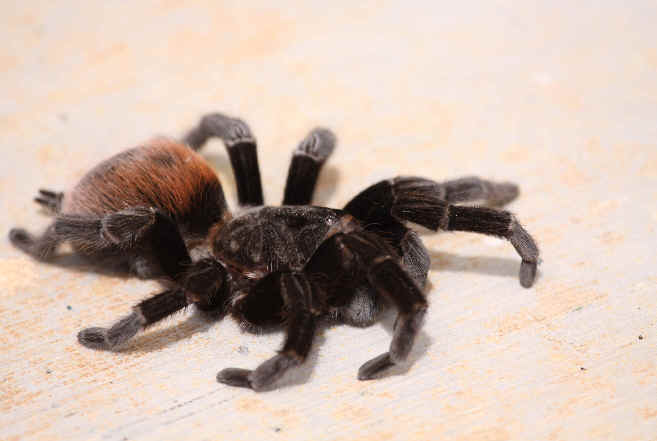
And this Tarantula that was found
during our Yucatan, Mexico tour in March '09.
But possibly the most unusual creature during the tour
is the one below.
It was seen after dark, swimming in the water of a bay,
along the north Yucatan coast.
Well over a foot long, this odd creature
swam like a black ghost.
It's called, in English, the Atlantic Black Sea Hare.
It's an invertebrate, a type of mollusk,
more specifically, a bivalve.
In Spanish, it's called "tinta" which means "ink",
as it emits such a substance when agitated.
In the upper photo,
it's seen when swimming in the water.
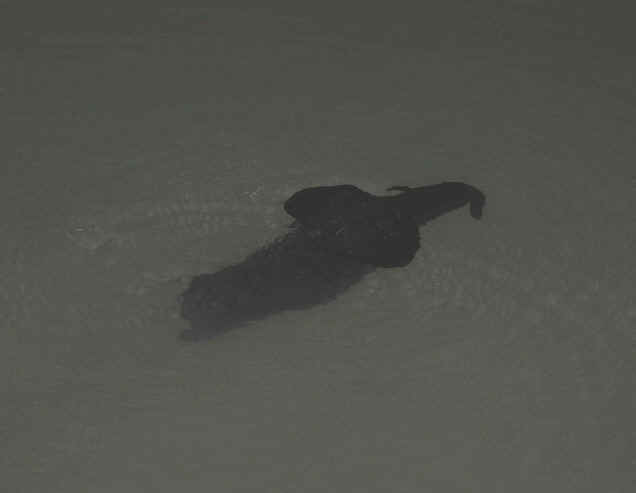
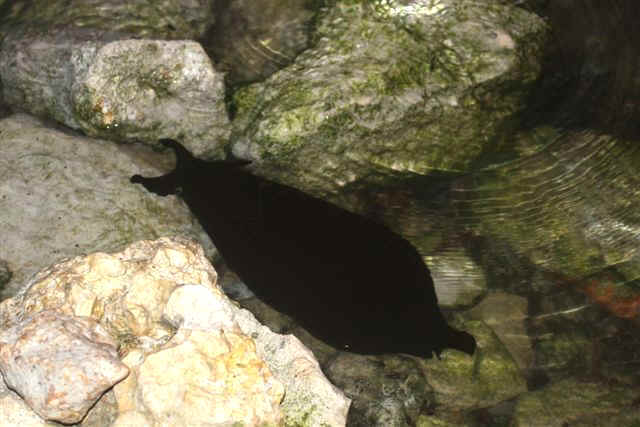
In this lower
photo, it's seen by a jetty along the coast.
The head of the creature is in the upper left of the photograph.
![]()
Web page by Risė Hill